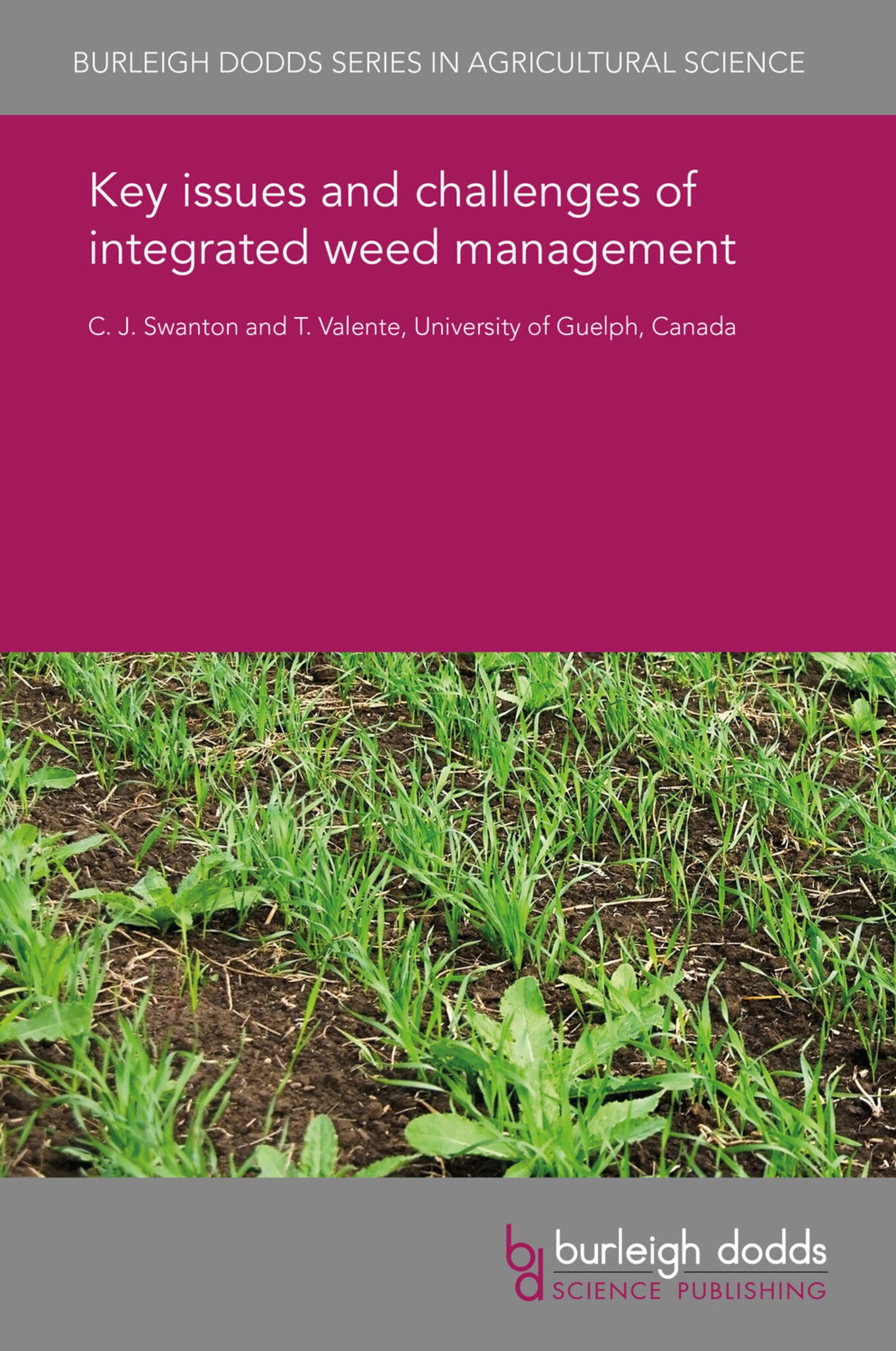We're sorry. An error has occurred
Please cancel or retry.
Key issues and challenges of integrated weed management

Some error occured while loading the Quick View. Please close the Quick View and try reloading the page.
Couldn't load pickup availability
- Format:
-
26 December 2017


TECHNOLOGY & ENGINEERING / Agriculture / Sustainable Agriculture, Pest control / plant diseases, TECHNOLOGY & ENGINEERING / Agriculture / Agronomy / Crop Science, TECHNOLOGY & ENGINEERING / Pest Control, Sustainable agriculture, Agronomy and crop production

1 Introduction 2 Tillage 3 Time of weed emergence relative to the crop 4 Critical periods for weed control 5 Crop morphology 6 Row width and seeding density to reduce weed competitiveness 7 Nutrient management 8 Crop rotation 9 Future trends and conclusion 10 Where to look for further information 11 References



